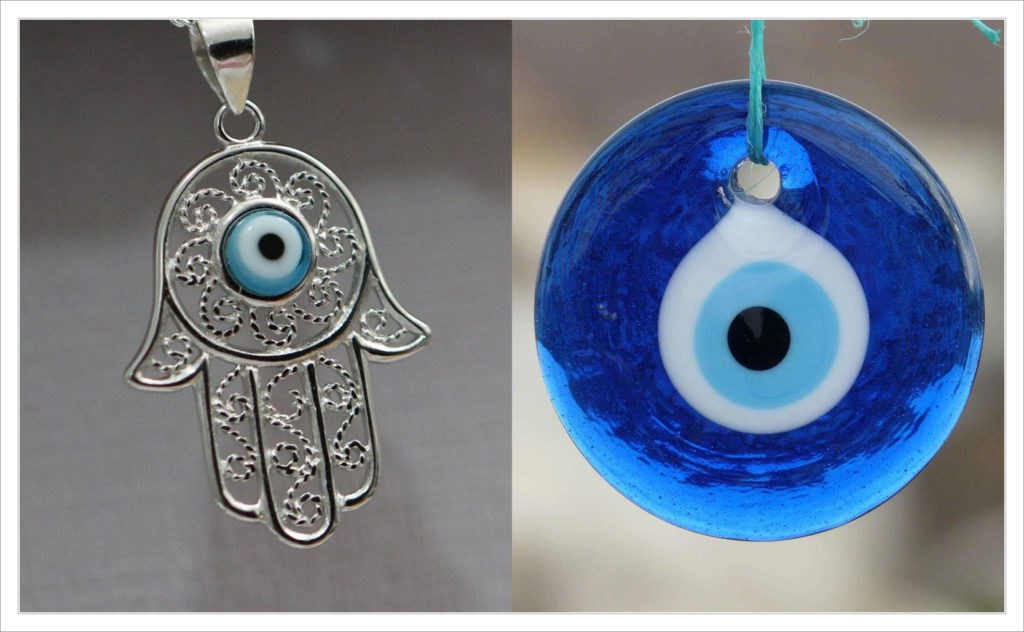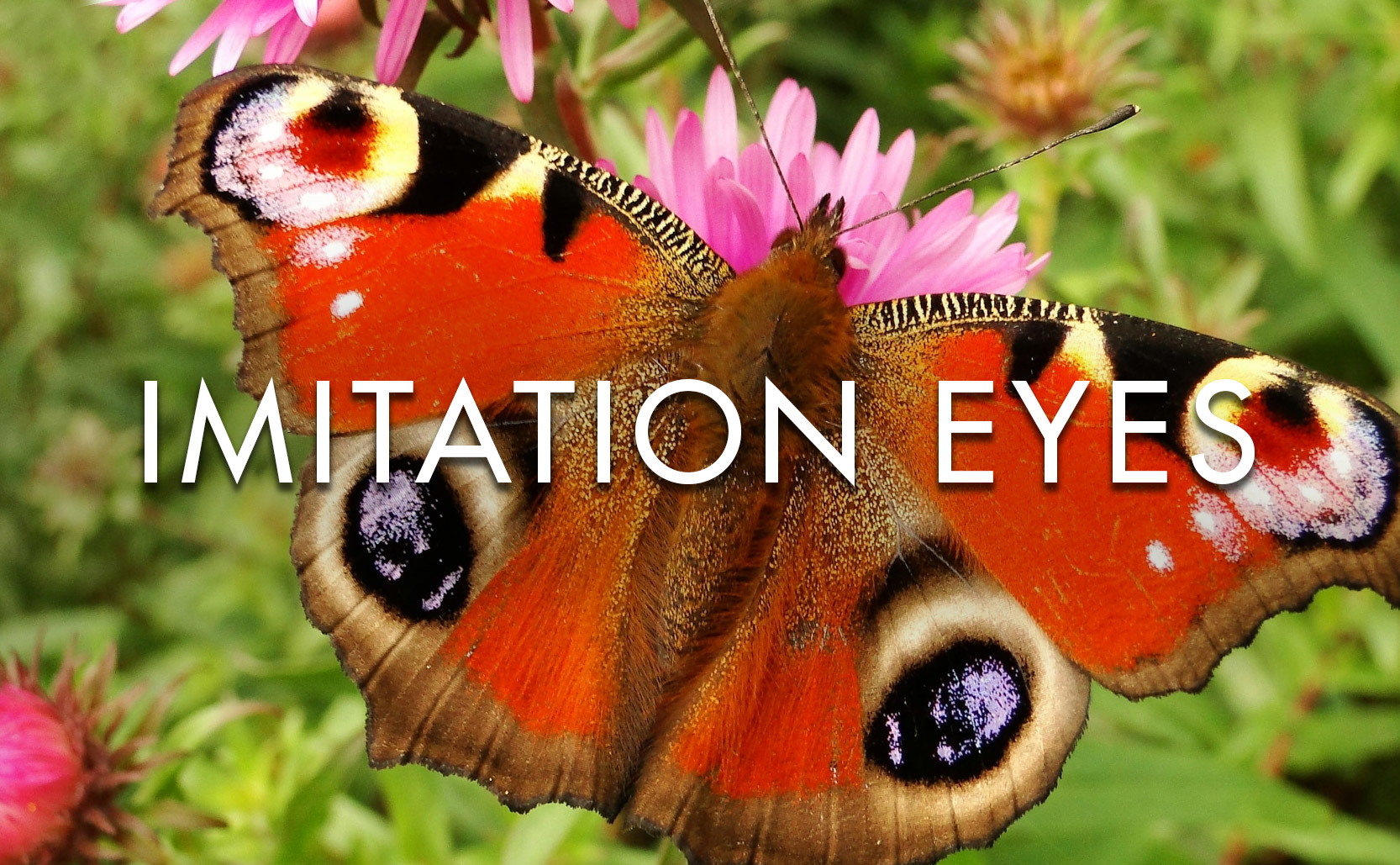Eyespot mimicry is used throughout nature to defend against predators
Mimicry is a useful method of disguise employed by a variety of species for both offensive and defensive reasons. Eyespot mimicry is where a decoy set of eyes are used to help protect a vulnerable species. This is especially true of creatures lower down the food chain but you can find it higher up as well. Tigers have spots on their ears that look like eyes when they vulnerably lean over to drink water, giving the appearance that they’re still on the lookout.
Sometimes the decoy eyes serve as a scare tactic, such as in Batesian mimicry. The owl butterfly has owl-like eyes on its wings. It’s believed that in being able to flash the eyes of an owl the owl butterfly is able to scare small predator birds into thinking a large owl (who eats such birds) is present.
In other species the eyespots are a distraction. In flashing a set of eyes a species can surprise & confuse a predator just long enough to escape. Some species use eyespots to draw attention away from their more critical body parts. The foureye butterflyfish for example has dark eyespots near its tail (which is less important) which draws attention away from its head (which is very important). When feeling threatened it can even swim backwards making its tail seem more like the head and vice versa.



The northern pygmy owl of North America has eyespots on the back of its head, helping to mislead predators into thinking they are being closely watched. In 2016 an experiment was conducted in Botswana of painting eyes on the rumps of cows to prevent lion attacks. The cows with painted eyespots were less susceptible to predation by lion attacks than normal cows, as the lions may have felt they were being watched.
Magic Eyes
Finally, for those who believe in the supernatural malevolent force of the “evil eye”, you have some options of magical defensive eyespots. The nazar (a blue & white eye-like amulet) has been used for thousands of years from Turkey through to India and elsewhere. Similarly the hamsa (which also features an eye but sitting in the palm of a hand) has been used around the Middle East for a similarly extended period of time.
Both symbols are said to attract the negative energy of evil eye attacks, and destroy/repel them. If your nazar is cracked then it’s “proof” that it has worked, and of course you’re supposed to buy a new one. After all, you have to keep your magical eyespot functional.






